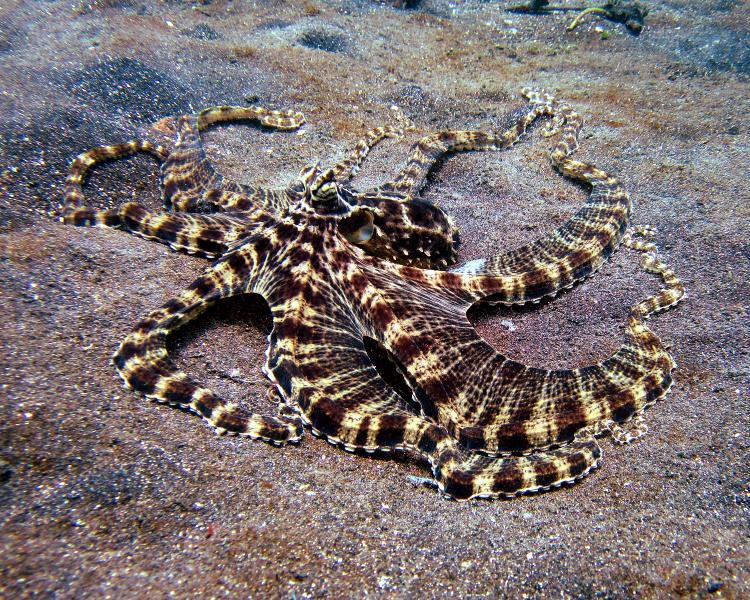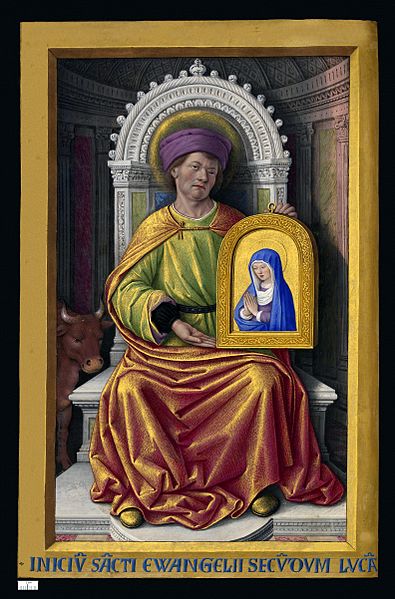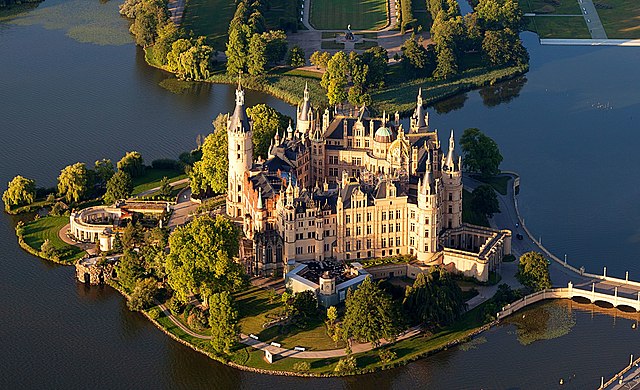We just learned about the
Vampire Squid.
Another type of cephalopod is the
Mimic Octopus.
This octopus lives on the sea floor, and tries to look like other animals.
It can change it's body color, puff it's head up, wave its arms around or hold its body in a certain way to look like other animals.
Sometimes it will try and look like it's prey like a crab, so that it can sneak up on the crab and eat it before the crab even figures out there is a dangerous octopus nearby.
Other times it will try and look like a poisonous animal like a lionfish, so that predators that might attack the octopus will stay away and not try to eat it.
Theses octopuses have been seen trying to look like a lion fish, sea snake, flat fish, jelly fish, crab or even a sponge!
They are very smart animals, and will decide which animal to try and look like depending on which other animal they meet.
These smart cephalopods have been seen looking like up to 15 different animals!






(from: wikipedia -
mimic octopus)
Kid Facts - Blast from the past: Pouched Frog















